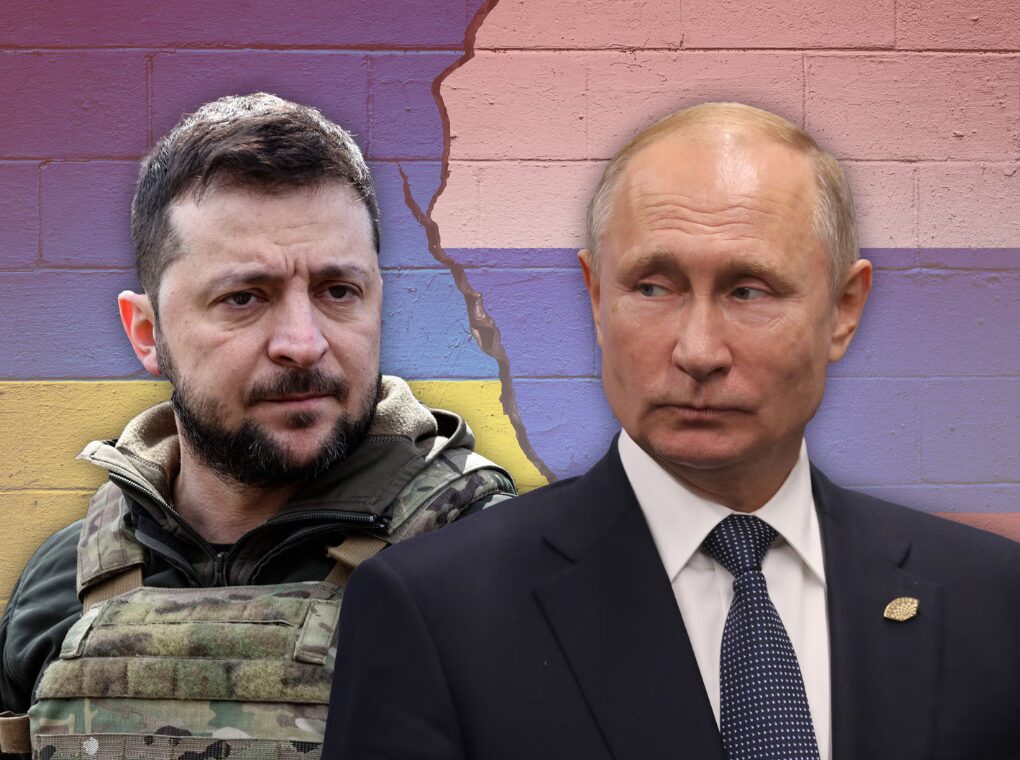As the grinding war between Russia and Ukraine enters its most perilous phase, all eyes turn to Pokrovsk — the embattled logistics heart of eastern Ukraine. Commander-in-Chief Oleksandr Syrskyi is reportedly gathering reserves from across the country, stripping forces from Sumy, Kherson, and Kharkiv to form new assault groups aimed at breaking the Russian encirclement.
But military analysts warn: this counteroffensive could be a fatal miscalculation, mirroring Russia’s own disastrous stand in Kherson three years ago.
Why Pokrovsk Matters
Pokrovsk, a once-sleepy mining town turned fortress, now serves as a vital logistics nexus linking the Donbas front. Its rail and road corridors connect Ukrainian defenses across Donetsk to key hubs like Kramatorsk and Sloviansk. Losing Pokrovsk would not just erase a dot on the map — it would cut off half of Ukraine’s eastern supply network, paralyze troop movements, and expose the entire Donetsk axis to collapse.
Analysts from the Institute for the Study of War (ISW) describe Pokrovsk as the “lifeline of the east.” Its fall could echo the 2022 loss of Lysychansk, which triggered a domino effect across Luhansk. Ukrainian President Volodymyr Zelenskyy has called Pokrovsk “the main battlefield of this autumn,” underscoring its national importance.
Russian Momentum and the Shadow of Encirclement
By early November, Russian forces had made measurable advances around Pokrovsk, penetrating northern and eastern suburbs. With over 150,000 troops concentrated in the Donetsk sector, Moscow now enjoys a stark numerical and firepower advantage. Ukrainian defenders, vastly outnumbered, report relentless bombardments and drone swarms turning supply convoys into moving targets.
Social media posts paint a grim picture — frontline units trapped or low on ammunition, medevac helicopters shot down, and desperate attempts by Ukraine’s GUR special forces to evacuate encircled troops. Russia’s claim of downing a U.S.-made Black Hawk helicopter carrying 11 Ukrainian operatives remains unverified, but the incident symbolizes the chaos.
Syrskyi’s Desperate Countermove
Facing potential collapse, Commander Syrskyi is redeploying entire brigades from the country’s north and south to form two “strike fists” near Dobropillia and Hryshyne. The plan: smash through Russian lines and relieve Pokrovsk before it’s fully encircled. But critics warn this could be a suicidal move, depleting Ukraine’s strategic reserves and leaving other fronts dangerously exposed.
Sumy — already vulnerable to Russian cross-border incursions — could become a new flashpoint. Kherson, liberated in 2022 after months of bloodshed, risks renewed Russian advances if stripped of defenders. “We’re cannibalizing our own defense to save a city that may already be lost,” one Ukrainian officer admitted anonymously.
Internal Dissent: Calls for Withdrawal
Not everyone supports Syrskyi’s gamble. Former Deputy Defense Minister Vitaly Deynega openly condemned the counteroffensive as a “death trap,” urging an immediate withdrawal from Pokrovsk and nearby Myrnohrad. In a viral post, he accused Kyiv’s leadership of “feeding men into a meat grinder for propaganda optics,” comparing the situation to the disastrous defense of Avdiivka in 2024 — where over 16,000 Ukrainian troops were lost.
Echoes of Kherson: A Reversed Tragedy
The parallels with Kherson 2022 are haunting. Then, it was Moscow that overcommitted to a doomed defense, pouring 30,000 troops into a cauldron cut off by Ukrainian precision strikes. Now, Kyiv risks making the same mistake in reverse — committing elite forces to defend a hub already collapsing under Russian dominance.
Unlike Kherson, however, Russia now holds the initiative. Its drones saturate the skies, and its artillery strikes Ukrainian movements long before they reach the front. Analysts warn that a failed counterattack here could destroy Ukraine’s last remaining offensive capacity.
Half of Ukraine in the Balance
Should Pokrovsk fall, the consequences would be strategic and psychological. The Donbas front could fracture, forcing Ukrainian retreats toward Kramatorsk and the Dnieper line. Russia would seize control of crucial supply routes and solidify its hold over eastern Ukraine, pushing the war toward a grim new phase.
President Zelenskyy has urgently appealed for more Patriot systems and long-range Storm Shadow missiles, but with U.S. aid in limbo after the elections, time — and ammunition — is running out.
As Pokrovsk trembles under constant fire, Ukraine stands at a crossroads:
Retreat and preserve the army, or fight on and risk annihilation.
The coming days will decide not just the fate of Pokrovsk, but perhaps the fate of eastern Ukraine itself.
